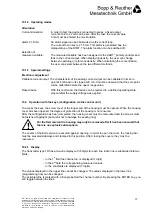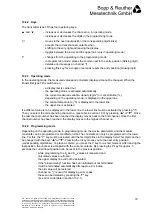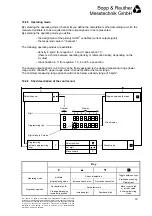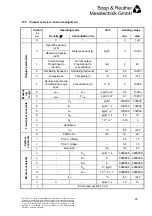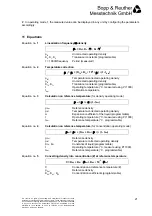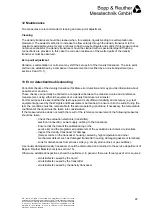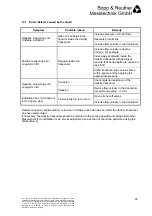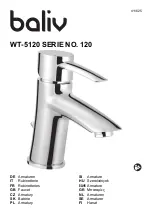
8
We reserve all rights of ownership and exploitation in respect of these
documents, including industrial property rights. These documents may only
be used with our express consent in writing, and only to the extent permitted
in any such consent. The documents may not be duplicated or made
available to third parties. In case of violation of the aforementioned
provisions, we reserve all rights.
2 Intended use
The density transducer type DIMF allows the continuous measurement of the density of liquids and liquid
mixtures. The proven oscillating element principle ensures great accuracy in combination with
outstanding long-term stability. The easy-to-get-on-with-construction assures reliable operation, even
under tough process conditions.
3 Measuring
principle
The real sensor of the density transducer is an oscillating element in the form of a tube bent into a tuning
fork. The liquid to be measured passes continuously through this element. Excited electromagnetically by
an excitation coil, it will oscillate at its natural frequency. Changes in the density of the liquid lead to
changes in the natural frequency. This change in frequency, sensed by a pick-up coil, represents the
measurement effect. An additional built-in resistance thermometer measures the process temperature,
which can also be used to equalize the temperature influence in the transducer.
Each density transducer is calibrated with different liquids of different densities. The transducer constants
for the calculation of the density from the frequency, the calibration temperature and the correction
coefficients for temperature influence are given under section 16.4
Example of configuration log
.
4 Installation
examples
In principle, the density transducer can be installed directly into the product line (for permissible flow
rates, see section 1.3). For higher flow rates or measurements at containers, installation in a by-pass is
recommended.
4.1 By-pass installation
4.1.1 Standard
configuration
Part Qty.
Shut-off valve ø12
Straight tube fitting
2
2

















